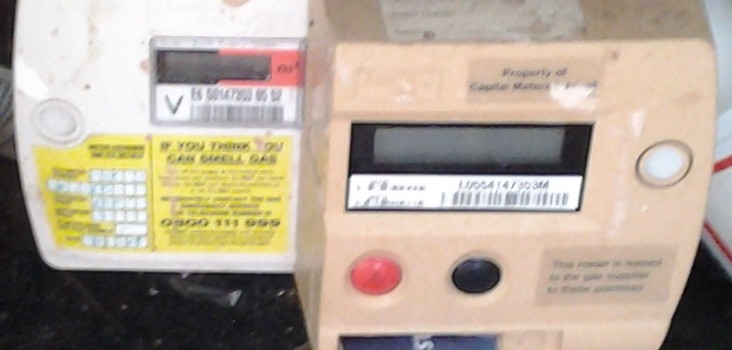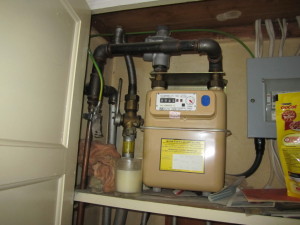
Prepayment meters
With a prepayment meter, you will need to pay for the electricity and gas you use up front – this means it is good for budgeting, but obviously if you have no credit on your gas or electricity prepayment meter, you won’t be able to heat your home or turn on any lights!
The prepayment meter works using a token, key or smart card that needs to be topped up with credit in local stores – much like buying phone credit on a prepaid contract to make phone calls.
Why do people get Prepayment Energy Meters?
There are generally two reasons people get prepayment meters installed in their homes. The first is that landlords install them so their tenants cannot run off at the end of their tenancy without settling the energy bills.
The second is for people who have struggled to keep up with energy bill payments in the past – energy companies sometimes install these on properties where the customer has a history of making late payments to ensure they get paid for the energy they supply.
 The Problems with Prepayment Energy Meters
The Problems with Prepayment Energy Meters
There are lots of disadvantages with having a prepay meter, including the fact that if you can’t top up the card, you won’t have any gas or electricity. Obviously this may arise if you can’t afford to top up the card, which is a particular problem with those in energy poverty, but you may have trouble finding a shop that offers the ‘topping up’ facility.
In addition, for most households with a credit meter (e.g. a standard electricity / gas meter), monthly direct debits are the same all year round, which allows you to spread the higher winter heating costs over the year. If you have a prepayment meter you no longer have this option, you need to pay for all your heating as and when you use it.
The meter can also be set to recover arrears, which means that even if you top up the credit, the money will disappear very quickly off the card.
Probably the biggest problem associated with prepayment meters though is that they are more expensive than the traditional credit meters. Electricity is approximately 1p more expensive per kWh, while gas is about 0.5p more expensive.
This might not sound a lot, but when you think the average household uses 4,800 kWh of electricity and 17,000 kWh of gas, the costs quickly add up.
About 6 million households in the UK have prepayment meters installed – so what can you do if you have one of these installed?
Swapping back to a traditional Credit Meter
The best thing to do is to have a credit meter installed to replace your existing prepayment meter.
The energy suppliers all have slightly different policies and charges to get a credit meter installed, but essentially they will run a credit check on you to see if it is possible. Provided this comes back okay then you should be fine to get a new credit meter installed.
If the energy supplier doesn’t allow you to move to a credit meter for whatever reason, you can try moving to a different energy supplier to see if they can help. Provided you owe less than £500 to your current energy supplier all of the big six energy companies (e.g. British Gas, EoN, Npower etc) will all allow you to swap. The smaller energy companies may only let you swap if you owe a smaller amount, but it is worth speaking to them individually.
We really strongly recommend swapping back to a credit meter where at all possible, mainly because it is cheaper. If you want free advice, please call us on 0208 144 0897 and we can work through your options.
Think we missed something? Do you have a different opinion?
Comment below to get your voice heard…













No Comments yet! Be the first one.